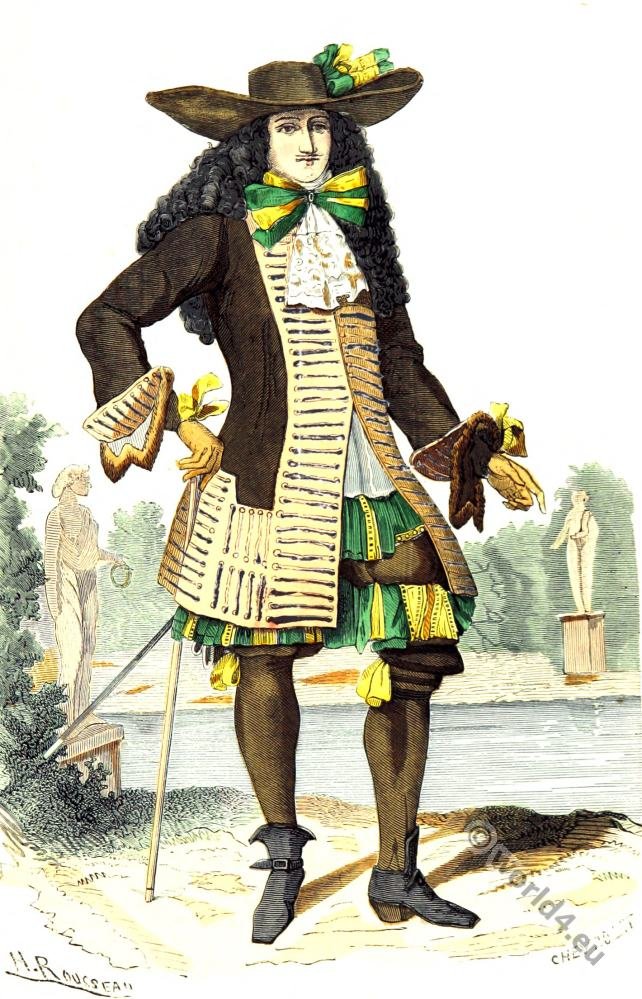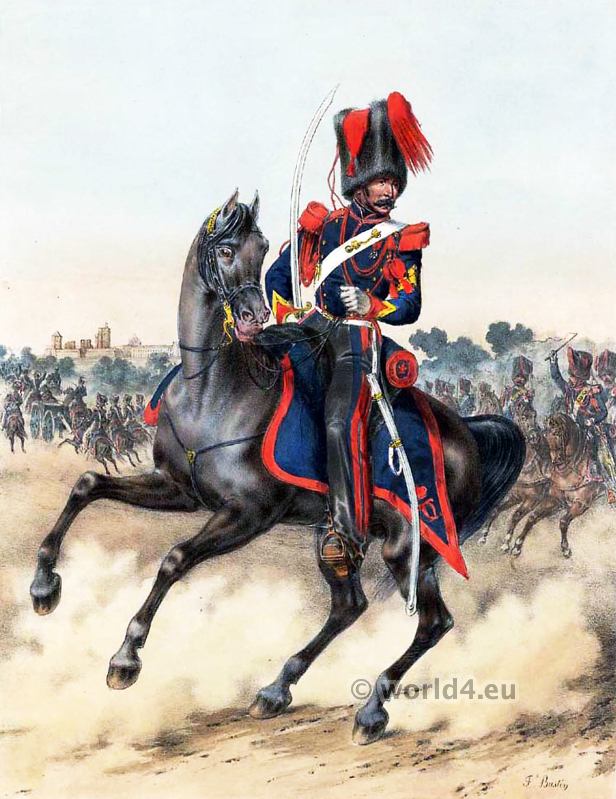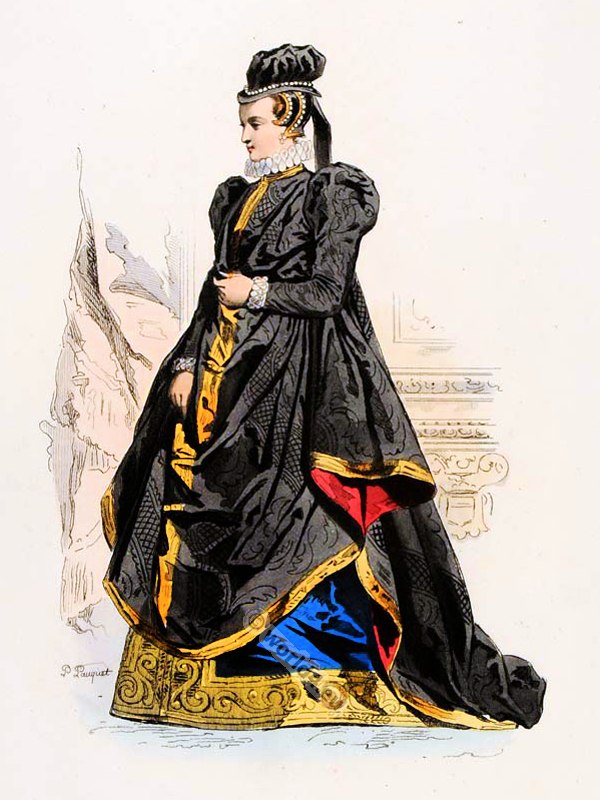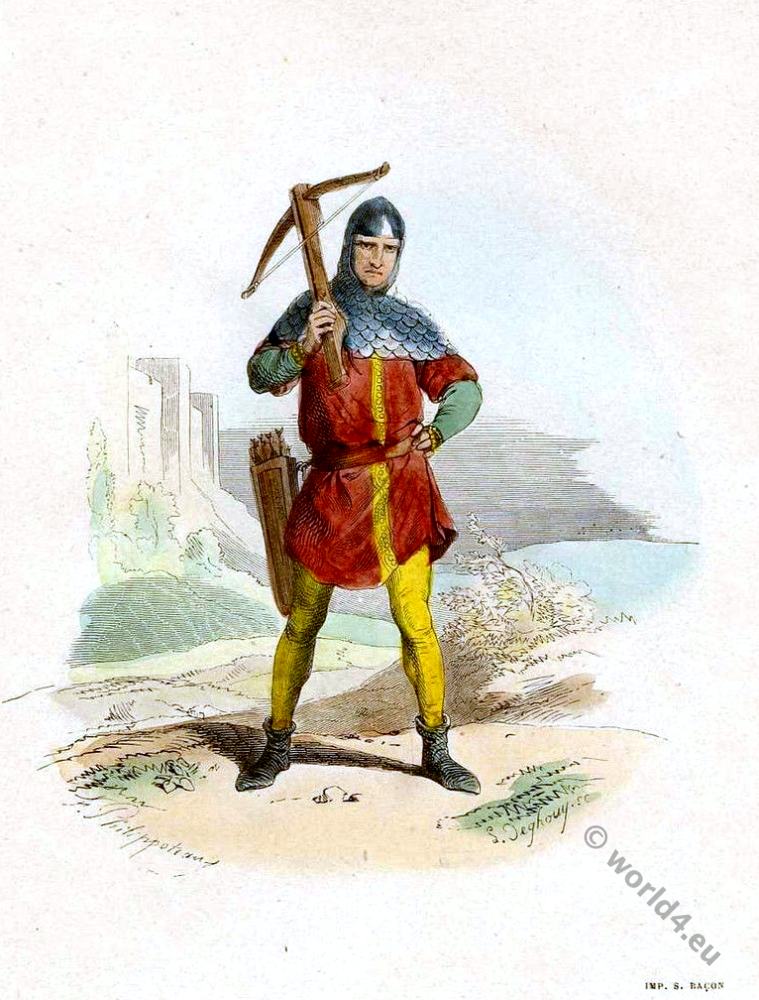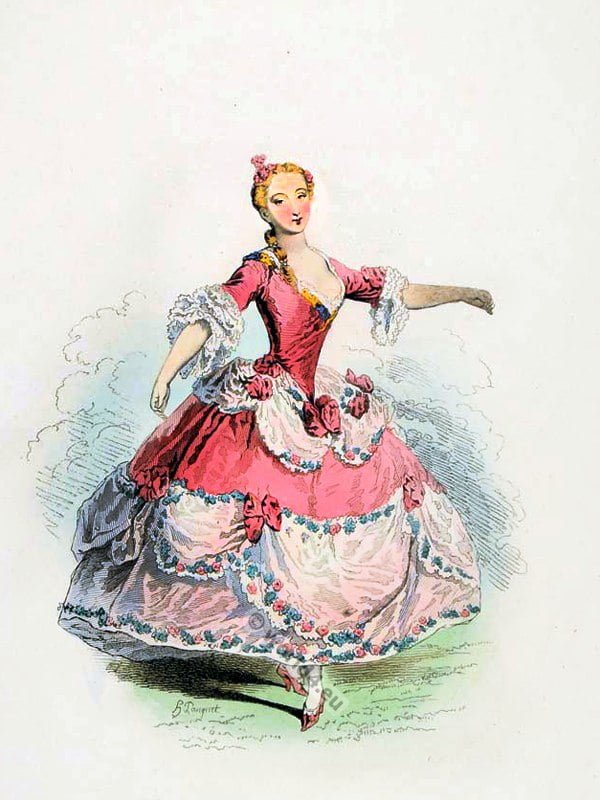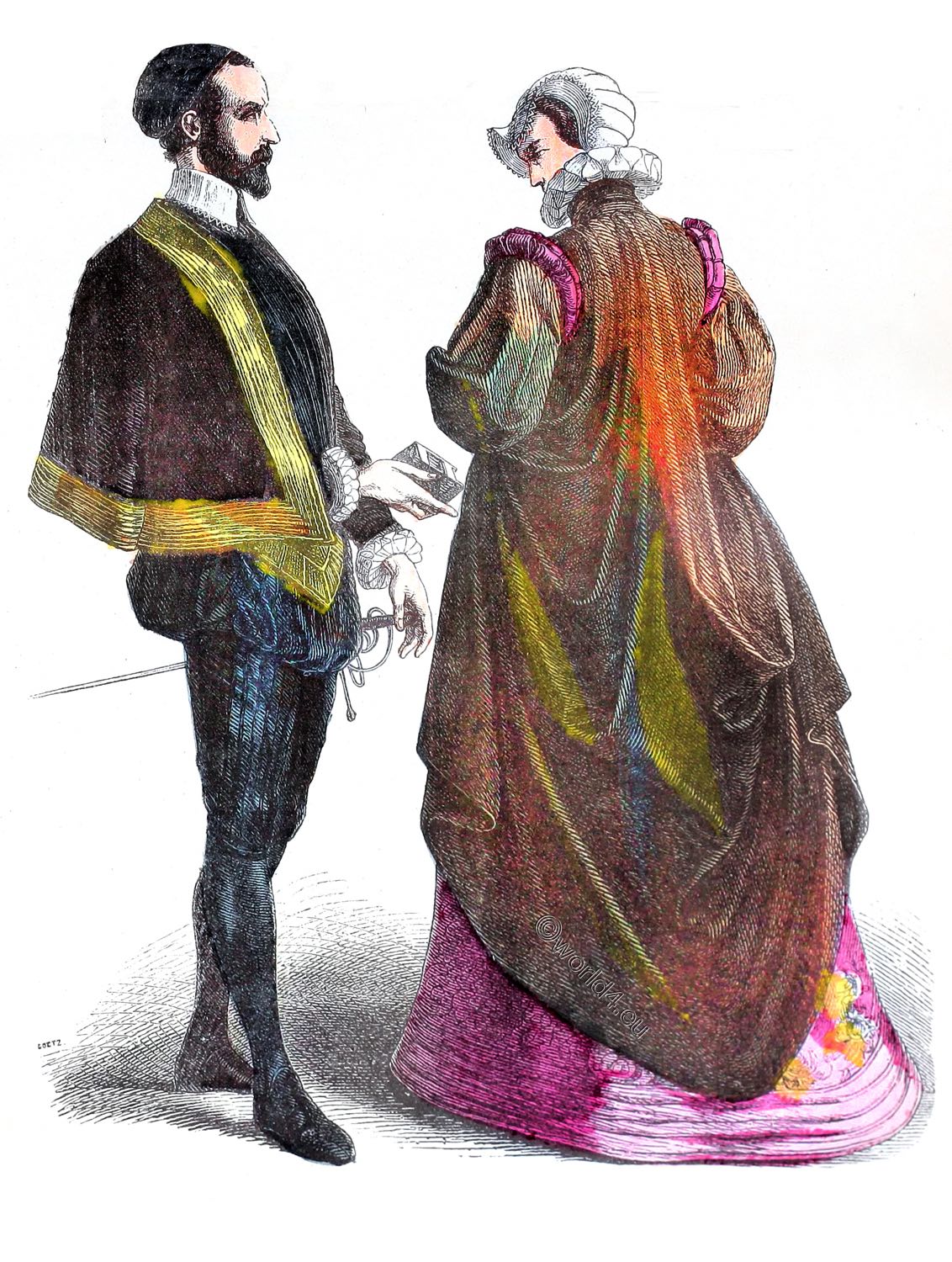Claude Gouffier ( c. 1501-1570) was a French nobleman and book collector. He was Duc de Roannais, Marquis de Boisy, Comte de Maulévrier, Comte de Caravas, Seigneur d’Oiron, Grand Stable Master of France.
Monsieur le gran de Boysi.
Claude Gouffier ( c. 1501-1570).
Black pencil and red chalk.
Claude Gouffier, son of Artus Gouffier, seigneur of Boisy and Hélène de Hangest, was born in c. 1501 A gentleman of the king in 1516, he was seigneur of Oyron in 1519 and seigneur of Boisy in 1524. (He had lost his father in 1560.) He fought in the Battle of Pavia (1525), where he was taken prisoner, as was King Francis I. After being released, he married Jacqueline de La Trémoille in 1527. She tried to poison him and was sentenced to prison. After her death in 1544, Claude Gouffier remarried Françoise de Brosse, known as de Bretagne.
In 1547 he succeeded Jacques Ricard, known as Galiot (see Crayons dit Musée Coudé, plate CXLI) as grandé cuyer, which led to his being named M’legrand. Françoise de Brosse died in childbirth at the Château d’Oyron in 1558, and in 1559 her husband married Marie Gaignon de Saint-Bohaire (see Portraits in the Musée Condé, plate CLVII). He married for a fourth time on 16 January 1567 to Claude de Beaune de Châteaubrun, widow of Louis Burgensis (see Portraits in the Musée Condé, plates CLVIII to CLXII), and for a fifth time in 1569 to Antoinette de la Tour-Landry. He died in Villers-Cotterets in 1570. A
This portrait is interesting to compare with another pencil after the same figure, kept at the Musée Condé (Portraits du Musée Condé, plate CLVI), and also with a painting in the Chantilly collections (cat. no. 243).
There is a close relationship between the three images. The Chantilly drawing predates this one. This is evident from the costume and the age of the face, which is slightly younger here than it is there. This pencil is obviously an interpretation of the other, made a few years later and probably with a view to painting. In it, the figure is older, dressed in more modern clothes and – a characteristic detail – wearing a sort of stirrup around his neck, a telling emblem of his duties as grand squire.
However, he was not invested with this office until 1547. The Chantilly pencil predates this date. The flat hat was not worn until much later. In any case, this outdated headgear has half disappeared under overprinting in order to use the initial sketch for the small painting. Numerous stains on the paper attest to the relationship between the painting and this first pencil, but the other, which is the subject here, contributed to the final effigy, with which it is closely related. All in all, these three portraits fit together and the painting, although perhaps executed from life, is no less a result of the two successive drawings that preceded it.
Monsr. le gran de Boysi
Crayon noir et sanguine.
C’est Claude Gouffier, fils d’Artus Gouffier, seigneur de Boisy (voir Crayons du Musée Condé, planche CLII) et d’Hélène de Hangest, né en 1510. Gentilhomme du roi en 1516, il fut seigneur d’Oyron en 1519 et seigneur de Boisy en 1524. (Il avait perdu son père en 1560.) Il combattit à Pavie, où il fut fait prisonnier. Rendu à la liberté, il épousa Jacqueline de La Trémoille en 1527. Celle-ci tenta de l’empoisonner; elle fut condamnée à la prison. Après sa mort, survenue en 1544, Claude Gouffier se remaria, en 1544, avec Françoise de Brosse, dite de Bretagne.
En 1547 il succéda à Jacques Ricard, dit Galiot (voir Crayons dit Musée Coudé, planche CXLI) dans la charge de grandé cuyer, ce qui le fit nommer M’legrand. Françoise de Brosse ayant succombé en couches au château d’Oyron en 1558, son mari s’unit en 1559 à Marie Gaignon de Saint-Bohaire (voir Portraits du Musée Condé, planche CLVII). Il contracta un quatrième mariage le 16 janvier 1567 avec Claude de Beaune de Châteaubrun, veuve de Louis Burgensis (voir Portraits du Musée Condé, planches CLVIII à CLXII), et un cinquième, en 1569, avec Antoinette de la Tour-Landry. Il mourut en 1570, à Villers-Cotterets.
Ce portrait est intéressant à rapprocher d’un autre crayon d’après le même personnage, conservé au Musée Condé (Portraits du Musée Condé, planche CLVI), et aussi d’une peinture qui fait partie des collections de Chantilly (no 243 du cat.).
Un rapport étroit existe entre les trois images. Le dessin de Chantilly est antérieur à celui-ci. Cela ressort du costume et de l’âge que marque la physionomie, un peu plus jeune là qu’ici. Ce crayon-ci est évidemment une interprétation de l’autre, faite à quelques années de distance et probablement en vue de la peinture. Le personnage y est plus vieux, habillé d’une façon plus moderne et, — détail caractéristique, — il porte au cou une sorte d’étrier, emblème parlant de ses fonctions de grand écuyer.
Or, il n’a été investi de cette charge qu’en 1547. Le crayon de Chantilly est antérieur à cette date. Le chapeau plat ne se porta pas si tard. Aussi bien, ce couvre-chef suranné a disparu à moitié sous des surcharges en vue de l’utilisation de l’esquisse initiale pour le petit tableau. De nombreuses taches dont le papier est sali attestent la relation entre la peinture et ce premier crayon .Mais l’autre, dont il est question ici, a contribué à l’effîgie définitive, avec laquelle elle a un rapport étroit. En somme, ces trois portraits se tiennent et la peinture, bien qu’exécutée peut-être d’après nature, ne laisse pas que de résulter des deux dessins successifs qui l’ont précédée.
Source: Le Portrait à la cour des Valois; crayons français du XVIe siècle, conservés au Musée Condé à Chantilly: par Etienne Moreau-Nélaton (1859-1927); Musée Condé. Paris, Librairie centrale des beaux-arts, 1908.


